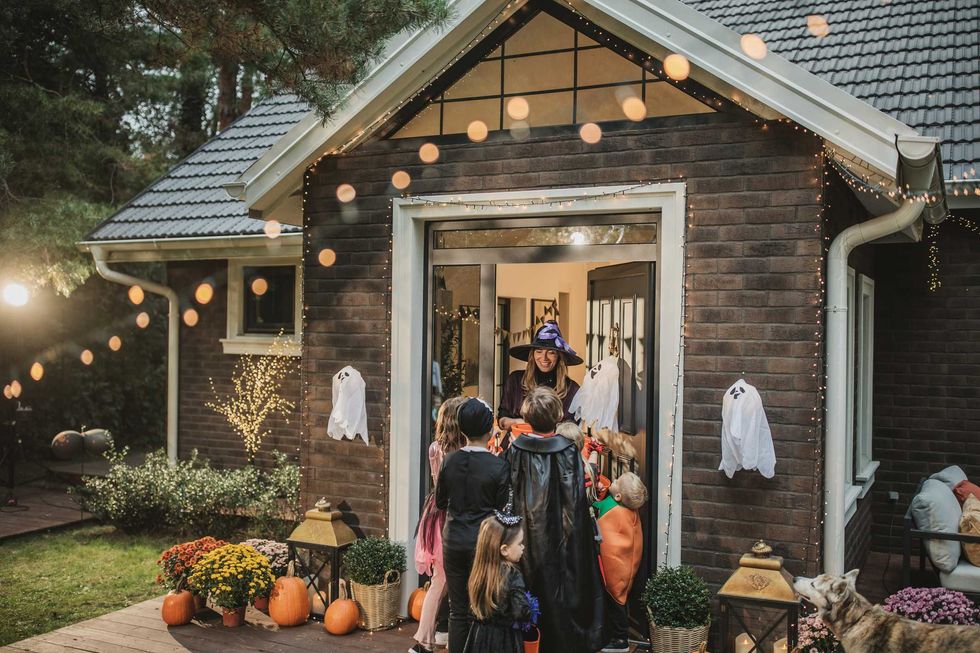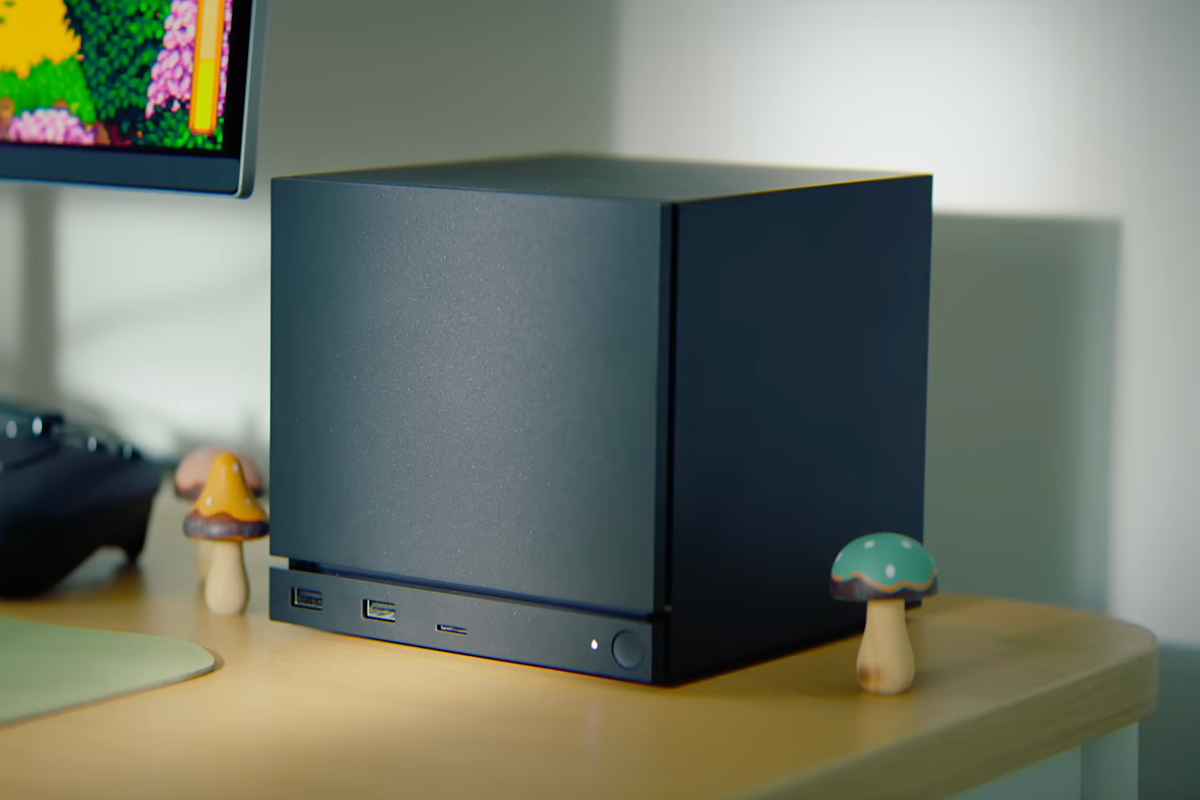Carving pumpkins is one of the most loved Halloween traditions, but while you’re perfecting your spooky masterpiece, you could be welcoming more than just trick-or-treaters to your doorstep.
Experts warn that those glowing orange decorations might also be attracting unwanted guests, from rodents to insects, in search of food and shelter.
According to London waste management specialists Clear It Waste, pest control callouts often spike around Halloween, as rotting pumpkins provide the perfect conditions for infestations to start.
"Like any food source, pumpkins can attract pests if left out in or around the home. This risk is increased by the cooler autumnal months being times when rodents seek indoor spaces for shelter and warmth," Josh Clarke, speaking on behalf of Clear It Waste, shares. "As pumpkins begin to decay, they become an appealing food source to various pests."
Rats and mice are particularly drawn to decaying pumpkins as the temperature drops. The scent can lure them towards homes, and if they find an entry point, it could quickly turn into an infestation.
Insects such as fruit flies and squash bugs are also fans of decomposing pumpkins. Once they settle in, they can breed rapidly, turning a few stray flies into a full-blown invasion.
Even slugs and snails see pumpkins as a feast. The sugary residue released as the flesh breaks down is especially appealing, and their ability to squeeze through tiny gaps makes older or damp homes easy targets.

The good news is, however, that with a few simple steps, you can enjoy your Halloween decorations without attracting pests.
Start by keeping your pumpkins off the ground. Displaying them on a table or step limits moisture build-up, which can draw in unwanted visitors. Make sure to clean the pumpkin thoroughly before carving, scooping out all seeds and pulp to slow decay.
It also helps to remove other attractants, like leftover sweets or crumbs from trick-or-treaters, to avoid adding to the buffet.
If you’d rather not risk it, artificial pumpkins make a reusable, pest-free alternative that still gives you that seasonal glow.
For those who prefer the real thing, keep pumpkins indoors overnight to stop wildlife from feeding on them, and check for any small gaps or cracks where pests might sneak in.
Natural deterrents can also make a difference. Cayenne pepper or cinnamon sprinkled on the pumpkin’s surface can ward off insects and rodents, while peppermint or tea tree oil offers a more fragrant option. Even diluted white vinegar rubbed along the carved edges can help prevent mould and bugs.
Finally, don’t let your creation overstay its welcome. Once the pumpkin starts turning brown, soft or mouldy, it’s time to dispose of it properly. As Clarke explains, decaying pumpkins are a feast for pests, and leaving them out too long only invites trouble.
You should also read...
- Leading doctor issues warning over this popular Halloween accessory
- 10 Halloween costume ideas that perfectly sum up 2025
How to join the indy100's free WhatsApp channel
Sign up for our free Indy100 weekly newsletter
Have your say in our news democracy. Click the upvote icon at the top of the page to help raise this article through the indy100 rankings.














Donald Trump explodes at 'obnoxious' reporter